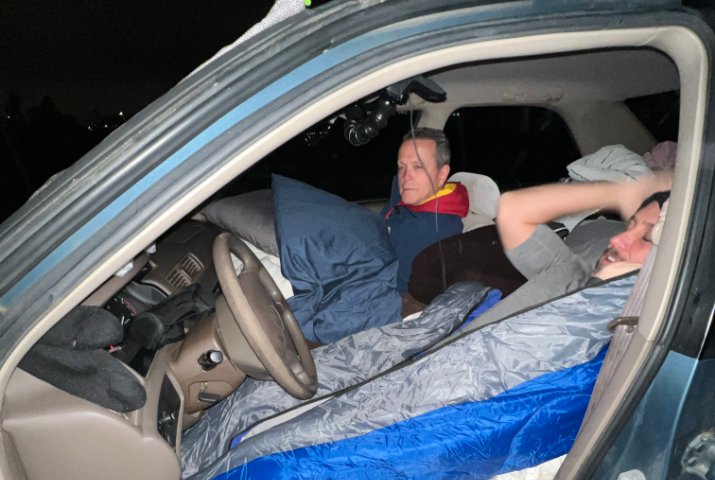Each day as we walk out the doors of our homes, drive to work, take the kids to school, meet up with friends for dinner, we see evidence of Los Angeles’ humanitarian crisis of homelessness. Our streets are lined with tents and the piles of belongings make it clear this is where someone sleeps each night. Then are those who we don’t see, the invisible homeless. Those are our neighbors who are holding down jobs, showering in gyms, struggling to keep their clothes clean to ensure they can keep a sense of normalcy as they call a car a home.
In 2019, Los Angeles Homeless Services Authority (LAHSA) reported that there were more than 16,000 Angelenos living in their cars. We, as one of the wealthiest cities in the world, allow this to happen and it’s inhumane and unsustainable. To help better understand the experience of this vulnerable population and the experience thousands of Angelenos face each day, I recently spent 100 hours living in a car alongside Hope the Mission, formerly Hope of the Valley Rescue Mission, founder and CEO, Ken Craft.
As executives who have each worked in homeless services for decades, we recognize the immense privilege we have by only experiencing this situation for 100 hours and use this experience to help inform and guide the services that Hope the Mission provides to unsheltered Angelenos.
Despite my overly fancy title of Chief Financial Officer for Hope the Mission, I am, at my core, just a good accountant. Accountants are great at two things: making sense of numbers and planning ahead. When Ken and I began this experience. I took stock of what I had—and made a plan. A plan to help us survive.


